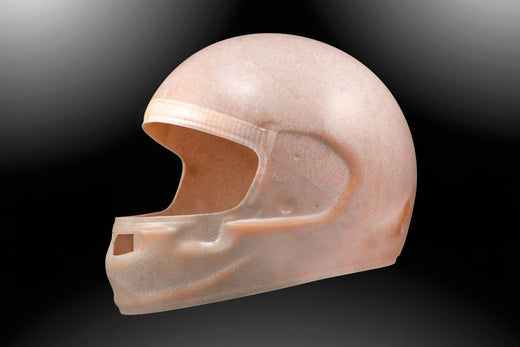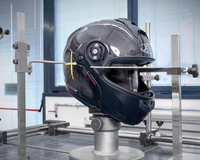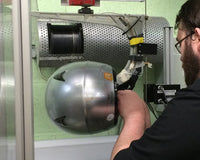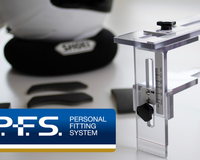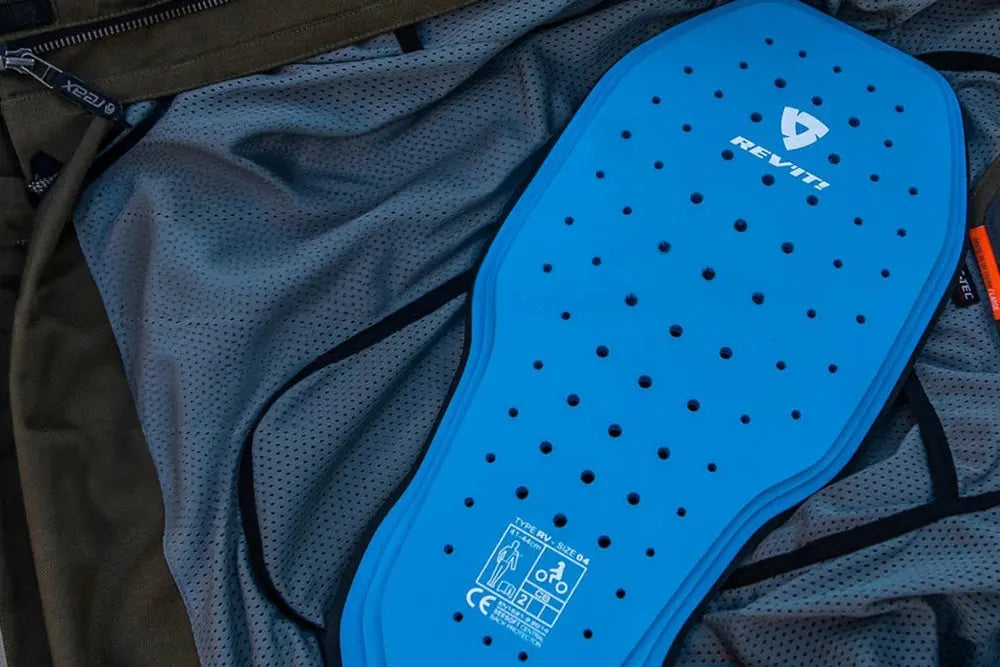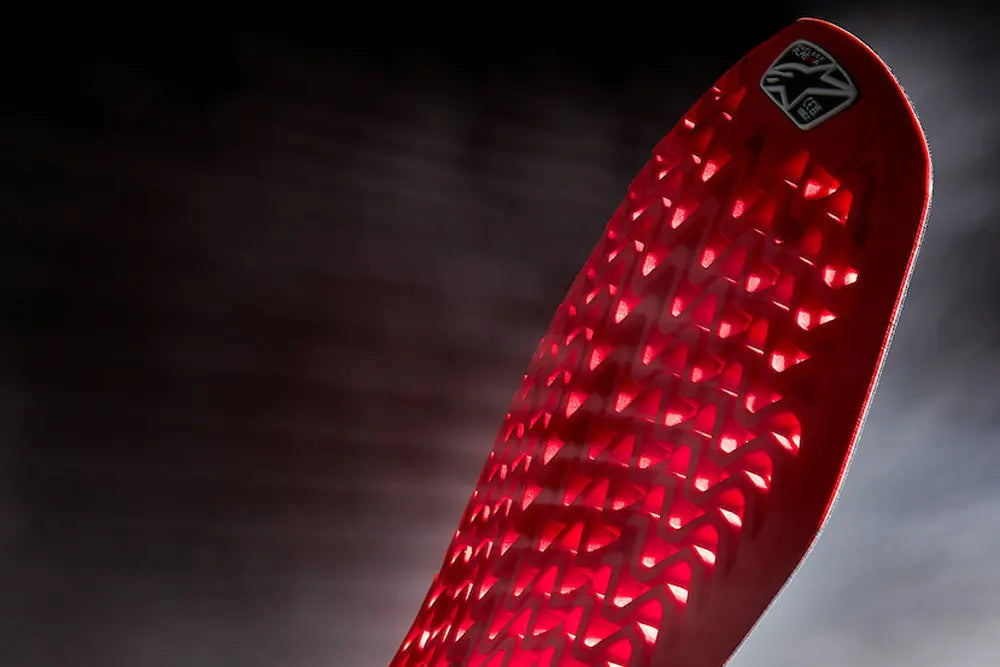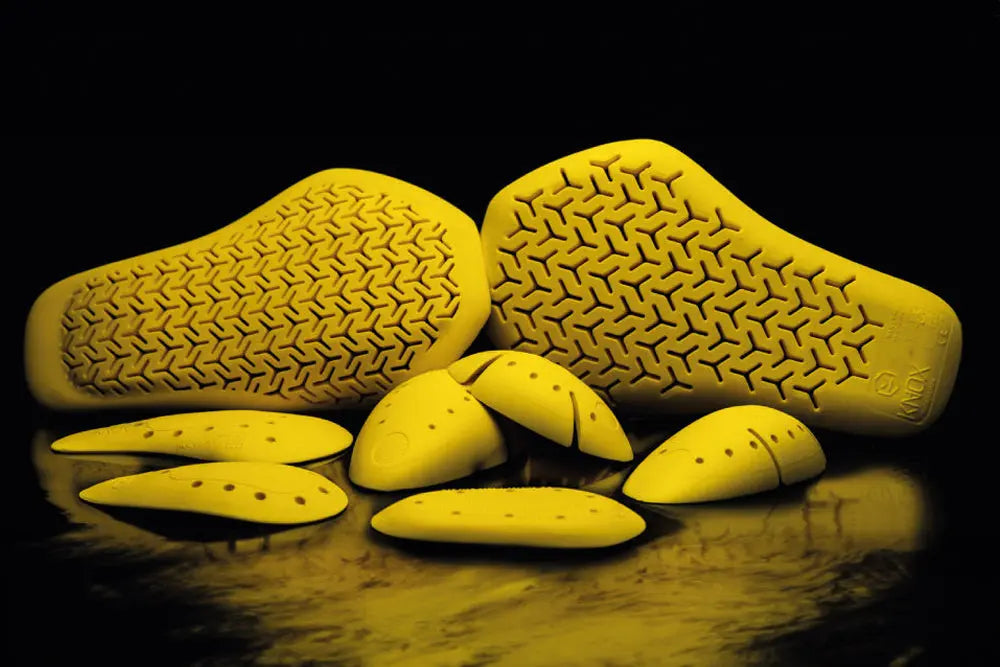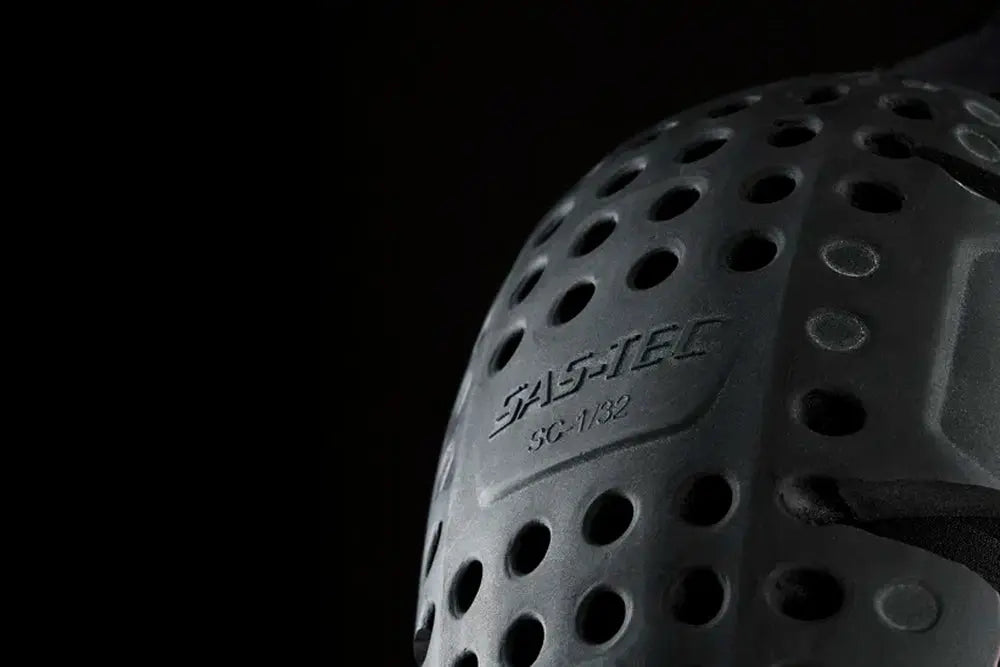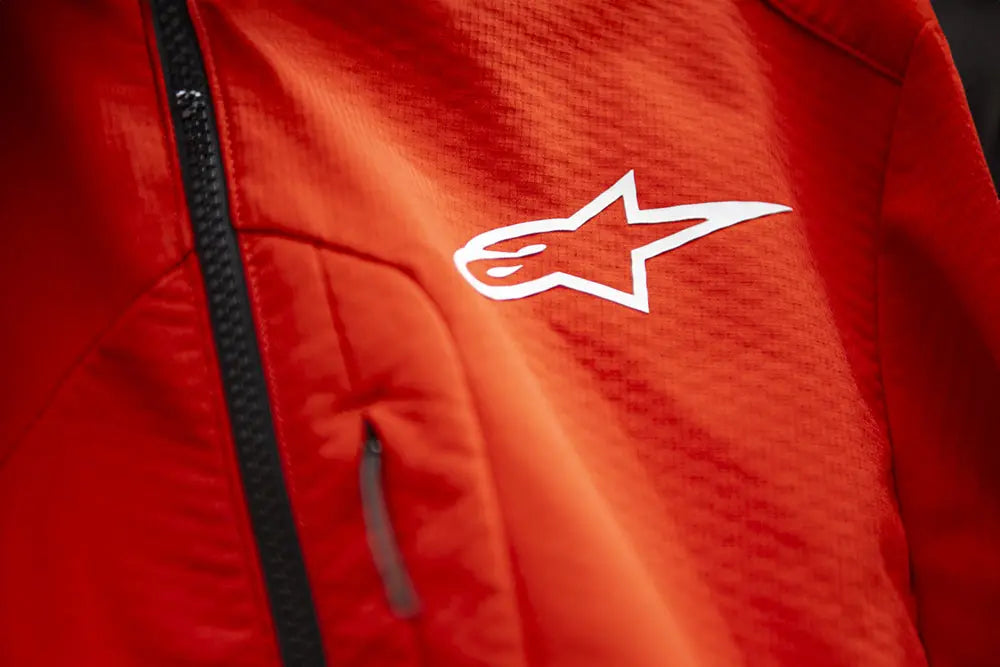What is Fibreglass?
Fibreglass, also known as glass-reinforced plastic (GRP), is a composite material made by weaving thin strands of glass into a fabric and embedding them in a resin matrix. The resulting material is strong, lightweight, and durable, making it ideal for protective applications like motorcycle helmets.
Why is Fibreglass Used in Helmets?
- Impact Absorption: Fibreglass shells are designed to absorb and distribute impact forces effectively. When subjected to a crash, fibreglass deforms to spread the energy over a larger area, reducing the risk of injury.
- Strength and Durability: Fibreglass offers a high level of tensile strength, making it resistant to cracking or shattering under stress. This ensures that the helmet can withstand impacts without compromising the rider's safety.
- Lightweight Design: While not as lightweight as carbon fibre, fibreglass is significantly lighter than thermoplastics, making it a comfortable choice for long rides or touring.
- Flexibility: Unlike some more rigid materials, fibreglass has a degree of flexibility that helps it withstand multiple types of forces, such as rotational impacts.
- Customisable Properties: Fibreglass can be layered or combined with other materials like Kevlar and carbon fibre to create hybrid shells with enhanced performance characteristics.
Benefits of Fibreglass Helmets
- Affordability: Fibreglass helmets are often less expensive than carbon fibre alternatives, offering excellent protection at a mid-range price point.
- High-Performance Protection: Their ability to absorb impact energy makes fibreglass helmets a trusted choice for safety-conscious riders.
- Versatility: Fibreglass can be moulded into aerodynamic shapes and integrated with advanced features like ventilation systems and sun visors.
- Durability Over Time: Fibreglass shells maintain their structural integrity for years, ensuring consistent protection when properly maintained.
Drawbacks of Fibreglass Helmets
- Weight: While lighter than thermoplastics, fibreglass helmets are heavier than those made from pure carbon fibre or advanced composite materials.
- Manufacturing Complexity: Fibreglass helmets require more labour-intensive processes, such as hand-layering and moulding, which can slightly increase production costs.
- Potential for Chipping: Although strong, fibreglass shells may chip if subjected to sharp impacts, such as being dropped.
Fibreglass vs. Other Materials
Fibreglass helmets are often compared to those made from thermoplastic, carbon fibre, or composite materials:
- Fibreglass vs. Thermoplastic: Fibreglass offers better impact absorption and durability than thermoplastic, though it is typically more expensive. Thermoplastic helmets are heavier and less flexible than fibreglass options.
- Fibreglass vs. Carbon Fibre: Carbon fibre helmets are lighter and stronger but significantly more expensive. Fibreglass provides a cost-effective alternative with excellent protection.
- Fibreglass vs. Composite Shells: Composite shells combine fibreglass with materials like Kevlar and carbon fibre, offering enhanced performance but at a higher price.
Examples of Fibreglass Helmets
Many well-known brands offer fibreglass helmets, including:
- Shoei GT-Air 3: A premium touring helmet combining fibreglass and composite materials for enhanced protection and comfort.
- AGV X3000: A retro-style fibreglass helmet offering modern safety features.
- Arai RX-7V Evo: A high-performance helmet with a fibreglass composite shell designed for track and road use.
Why Choose Fibreglass Helmets from Moto Central?
At Moto Central in Leicestershire, we stock a wide range of fibreglass helmets from trusted brands like Shoei, AGV, and Arai. Whether you’re looking for a stylish retro design, a lightweight touring helmet, or a high-performance racing lid, our exp

